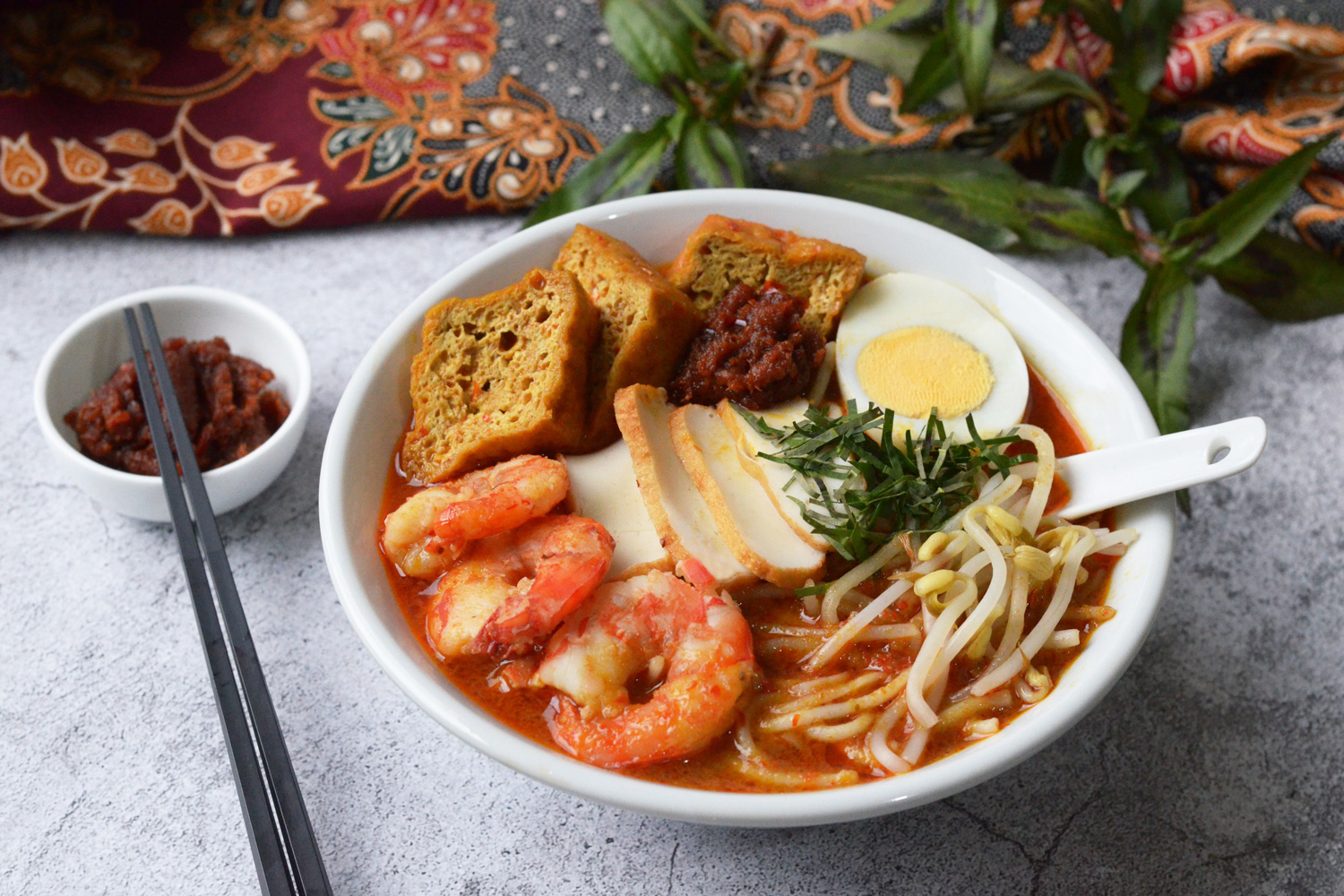pokomde – Peking Duck is more than just a dish; it’s a culinary tradition that embodies the rich history and culture of China. Renowned for its crispy skin, tender meat, and flavorful presentation, this dish has captured the hearts (and stomachs) of food enthusiasts both within China and around the globe.
Historical Background
The origins of Peking Duck date back to the imperial era, with historical records suggesting that it was served in the royal courts during the Ming Dynasty (1368–1644). It became particularly popular in Beijing, where chefs perfected the roasting techniques that give the duck its signature texture and flavor. Today, Peking Duck is celebrated not only for its taste but also for the artistry involved in its preparation and serving.
Preparation and Cooking Techniques
The preparation of Peking Duck is an intricate process that requires skill and patience:
- Choosing the Duck: The dish typically uses a specific breed of duck known for its tender meat and high-fat content.
- Air-Drying: After the duck is cleaned, it is air-dried for several hours to ensure the skin becomes crisp when cooked. Some chefs use a mixture of maltose syrup and vinegar to coat the skin, enhancing its crispiness.
- Roasting: The duck is roasted in an open flame or a specially designed oven. This method allows the fat to render out, resulting in a beautifully crispy skin. The roasting can take up to an hour, depending on the size of the duck.
- Serving: Traditionally, the duck is carved tableside, showcasing the perfectly crispy skin. Diners are presented with thin pancakes, hoisin sauce, and sliced scallions to create their own wraps.
Cultural Significance
Peking Duck holds a special place in Chinese culture. It is often served at celebrations and special occasions, symbolizing wealth and prosperity. The dish is not just about nourishment; it’s an experience that brings people together. The ritual of wrapping the duck in pancakes allows for interaction and sharing, making it a communal dish.
Modern Variations
While traditional Peking Duck remains a staple in Chinese cuisine, many chefs around the world have put their own spin on the classic recipe. Some variations include:
- Spiced Peking Duck: Incorporating additional spices for a different flavor profile.
- Duck Confit: A fusion twist that uses the method of confit cooking to enhance tenderness.
- Duck Bao: Serving the duck in steamed buns for a modern take.
Where to Enjoy Peking Duck
Peking Duck is widely available in Chinese restaurants, particularly those specializing in Beijing cuisine. Notable establishments include Quanjude and Dadong in Beijing, both of which are famous for their authentic preparation and presentation. However, you can find excellent Peking Duck in major cities around the world, where skilled chefs continue to honor this time-honored dish.
Conclusion
Peking Duck is a true representation of Chinese culinary artistry, combining tradition, flavor, and a unique dining experience. Whether enjoyed in a bustling Beijing restaurant or a local eatery abroad, it remains a must-try dish that showcases the rich heritage of Chinese gastronomy. So, next time you have the opportunity, indulge in this iconic dish and savor the taste of history!








